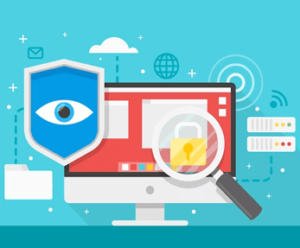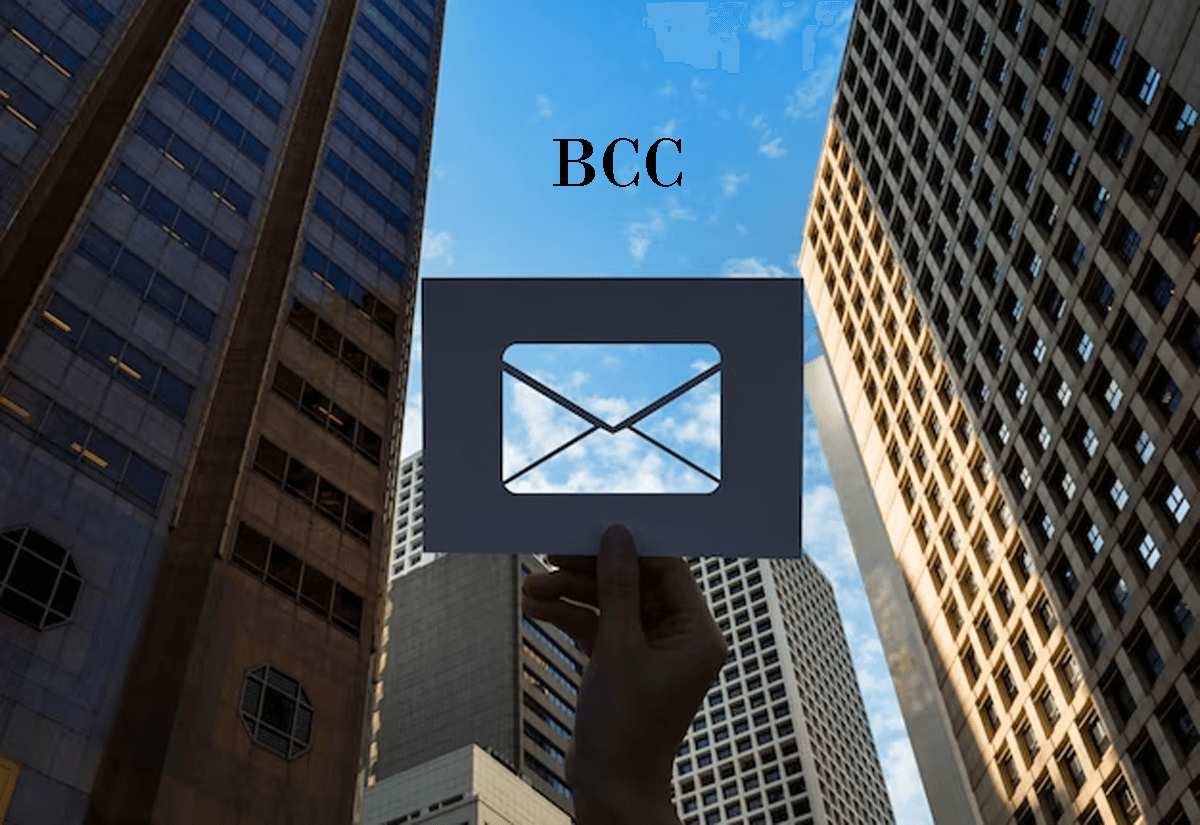What's Inside?
Blind Carbon Copy(BCC)
Blind carbon copy (BCC) refers to the practice of sending an email message to multiple recipients without revealing the full list of recipients to each individual recipient. In other words, the BCC field allows you to send an email to a large group of people without letting them know who else received the same message.
While BCC can be used in email marketing, it’s important to use it judiciously and only when necessary. BCC can be seen as impersonal and may negatively impact the relationship with your audience if they feel like they are just one of many recipients.
Here are some situations where BCC might be appropriate for email marketing:
- When sending out an email to a large group of people who may not want their email address to be visible to others, such as for a newsletter or announcement.
- When sending an email to a group of people who don’t know each other, and you want to keep their contact information private.
- When sending an email to a group of people who have requested to remain anonymous.
In any case, it’s important to always provide an easy way for recipients to unsubscribe from your email list and respect their privacy and preferences.
What are BCC in emails?
 BCC stands for “Blind Carbon Copy.” It is a feature available in most email clients that allows you to send a copy of an email message to someone without the primary recipient or other recipients seeing that you sent it to them.
BCC stands for “Blind Carbon Copy.” It is a feature available in most email clients that allows you to send a copy of an email message to someone without the primary recipient or other recipients seeing that you sent it to them.
When you include someone in the BCC field, their email address will not be visible to anyone else who receives the message, including the primary recipient and other recipients who may be in the CC (Carbon Copy) field. Essentially, BCC allows you to send a copy of an email message to someone without other recipients knowing that you did so.
BCC is often used for several reasons, including when you want to send a copy of an email message to someone without the primary recipient or other recipients knowing that you sent it, to protect the privacy of recipients, to avoid reply-all confusion, or to send a message to multiple recipients without revealing their email addresses to one another.
It’s important to use BCC responsibly and only when necessary, to avoid any negative impacts on the trust and relationship with your email recipients.
Benefits of BCC
Blind carbon copy (BCC) in email marketing can offer several benefits, including:
- Protecting the privacy of recipients: BCC allows you to send an email to multiple recipients without revealing their email addresses to other recipients. This can help protect the privacy of your subscribers and avoid any potential issues related to sharing their contact information.
- Avoiding reply-all confusion: If you’re sending an email to a large group of people, using the BCC field can prevent reply-all confusion, where recipients may inadvertently hit “Reply All” and send a response to the entire group instead of just the sender.
- Improving email deliverability: BCC can help improve email deliverability rates by reducing the likelihood of your email being marked as spam. This is because sending mass emails to multiple recipients in the “To” or “CC” fields can trigger spam filters and cause your email to be rejected.
- Streamlining email campaigns: Using BCC can help streamline your email campaigns by allowing you to send the same message to multiple recipients at once, without having to manually enter each individual email address.
It’s important to use BCC responsibly and only when necessary to avoid any negative impact on your email marketing campaigns.
Disadvantages of BCC
While blind carbon copy (BCC) can offer some benefits in email marketing, there are also some potential disadvantages to using it. These include:
- Reduced transparency: When you use BCC, recipients may not know who else received the same email message. This can lead to a perception of reduced transparency, which may negatively impact the trust and relationship you have with your subscribers.
- Impersonalization: When recipients receive an email sent using BCC, they may feel like they are just one of many recipients and not a valued individual. This can lead to reduced engagement and ultimately a lower response rate.
- Higher risk of being marked as spam: While BCC can help improve email deliverability rates, it’s important to use it responsibly. Sending unsolicited or irrelevant emails to large groups of people can still trigger spam filters and hurt your sender reputation.
- Inability to track individual engagement: When using BCC, it can be difficult to track individual engagement metrics such as opens, clicks, and conversions. This can make it challenging to determine the effectiveness of your email campaigns and optimize them for better results.
It’s important to weigh the potential benefits and drawbacks of using BCC in your email marketing strategy and determine whether it’s the best approach for your specific goals and audience.
How To Use Blind Carbon Copy (BCC) To Protect Privacy In Email
 Blind carbon copy (BCC) is a useful tool to protect privacy in email. Here are some steps to use BCC in your email client:
Blind carbon copy (BCC) is a useful tool to protect privacy in email. Here are some steps to use BCC in your email client:
- Open your email client and create a new email message.
- In the “To” field, enter the email address of the primary recipient who should receive the email.
- In the “BCC” field, enter the email addresses of the recipients you want to send the email to without revealing their email addresses to others.
- Compose your email message and include any attachments or links as needed.
- Review your message and ensure that all email addresses are entered correctly.
- Send your email message.
By using BCC, you can send an email message to multiple recipients without revealing their email addresses to others. This can help protect their privacy and avoid any potential issues related to sharing their contact information. It’s important to note that when using BCC, the primary recipient will still be able to see that the email was sent to others, but they won’t be able to see the email addresses of the BCC recipients.
When sending emails that contain sensitive or confidential information, it’s always a good idea to use BCC to protect the privacy of your recipients.
Why would you “bcc” someone on an email?
Blind carbon copying (BCC) is a common practice when privacy needs to be maintained for the recipients of an email. One example of using BCC is when sending an email to a long list of people who don’t know each other, such as in a mailing list. Additionally, BCC can be used to keep someone in the loop of a conversation without the other recipients in the “to” and “cc” fields being aware. In a business setting, BCC can be used to inform superiors of an ongoing email thread. Moreover, using BCC also prevents recipients in the “BCC” field from receiving any “reply all” emails.
Why should you use BCC?
In email marketing, using BCC (Blind Carbon Copy) can provide several benefits:
- Protecting privacy: When sending emails to a large group of people, using BCC ensures that the recipients’ email addresses are kept private and not visible to others on the list. This is especially important when sending emails to customers or subscribers who may not want their email addresses shared with others.
- Avoiding spam: If the recipients’ email addresses are visible to everyone on the list, it increases the risk of those email addresses being harvested by spammers and added to their mailing lists. Using BCC can help reduce this risk and protect your subscribers from unwanted spam.
- Preventing “reply-all” emails: When sending emails to a large group of people, it’s common for someone to accidentally click “reply-all,” which can lead to a flood of unnecessary emails. By using BCC, the recipients’ email addresses are hidden, and they won’t receive any “reply-all” emails from other recipients.
- Tracking: If you want to track the performance of your email campaign, using BCC can help you keep track of who received the email and when they received it. This can help you analyze the effectiveness of your email marketing strategy and make improvements as needed.
Using BCC in email marketing can help protect your subscribers’ privacy, reduce the risk of spam, prevent unnecessary “reply-all” emails, and provide valuable tracking data to help you improve your email marketing efforts.


